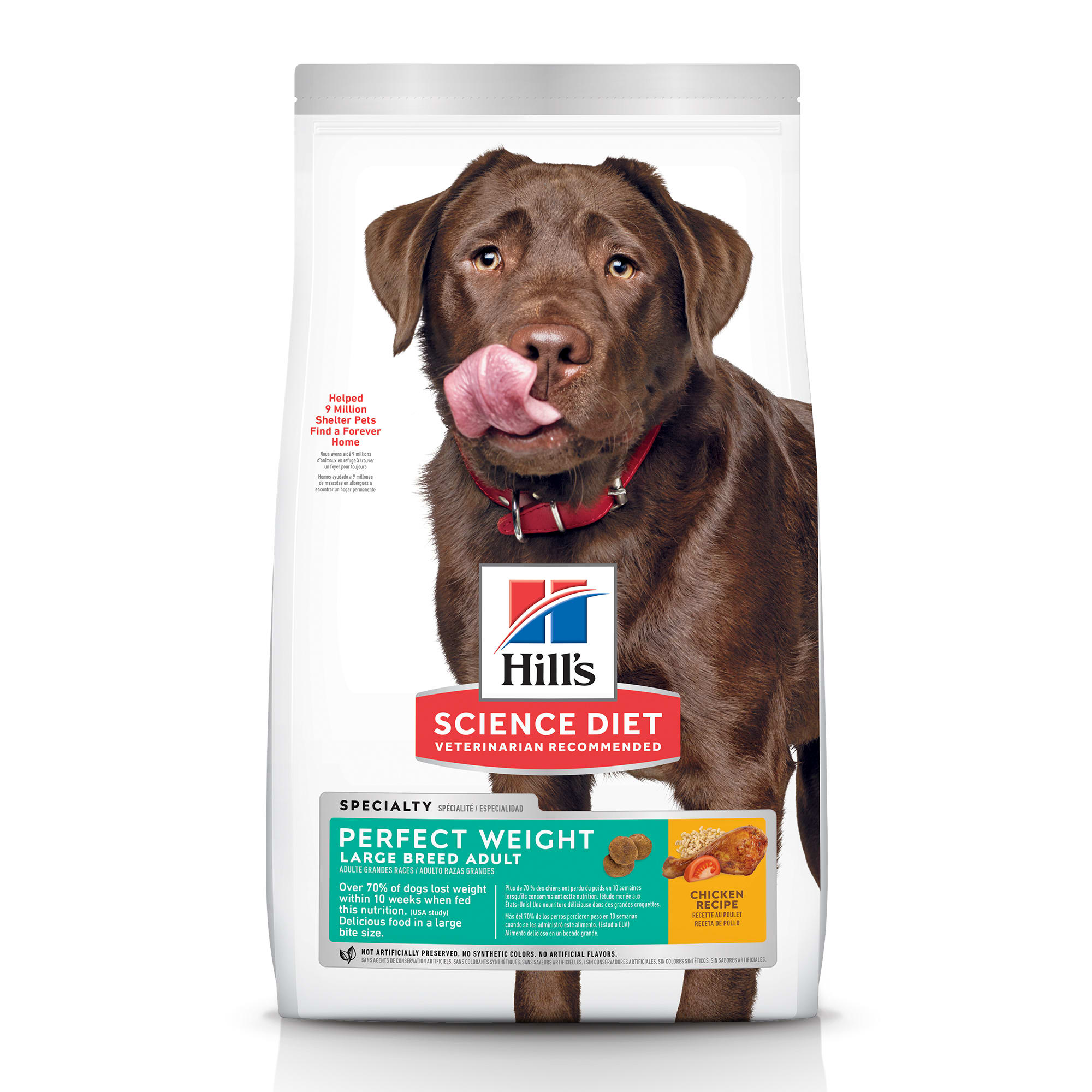

Weight loss reverses hypoadiponectinemia 11.20% of obese dogs develop metabolic abnormalities characterized by increased insulin and decreased adiponectin levels 10.Increased adiposity appears to be inversely correlated with serum adiponectin levels. May also increase fatty acid oxidation and reduce inflammation.Increases insulin sensitivity by increasing skeletal muscle glucose uptake and decreasing hepatic production of glucose.6Īdiponectin, a more frequently studied adipokine: Adverse effects from high circulating leptin have not yet been fully described in dogs. However, both humans and dogs develop leptinemia when overweight, possibly due to leptin resistance. Leptin is produced by fat cells and, in normal individuals: The mechanical consequences of excess fat accumulation are intuitively understood, but only recently have the metabolic and hormonal consequences been better described. The pathophysiology of obesity is related to a number of hormones secreted by adipose tissue, known as adipokines. 27,28 This likely explains the rarity of NIDDM in dogs.

26ĭogs also develop insulin resistance with obesity, but chronically secrete high levels of insulin without evidence of loss of sensitivity in pancreatic beta-cells.
Increased BCS in cats is associated with higher levels of amylin and insulin, even in nondiabetic animals, suggesting possible parallels to human DM. Amylin, a co-secretory product of beta-cells, normally inhibits food intake and limits hyperglycemia however, there is evidence in humans that amylin may be critical to formation of amyloid and destruction of beta-cells. NIDDM is characterized by insulin resistance, which progresses to hyperglycemia then possible glucotoxicity or exhaustion of insulin-secreting pancreatic beta cells. 7 A link with OA is expected, although this is less well studied than in dogs.ĭiabetes mellitus (DM) is one of the most commonly recognized sequelae of obesity in cats, which has drawn considerable research interest given similarities to the development of DM in obese humans.Cats generally develop noninsulin-dependent diabetes mellitus (NIDDM): However, obesity is associated with diabetes mellitus (see Diabetes Mellitus in Obese Cats), hepatic lipidosis, dermatologic diseases (eg, alopecia, epidermal scaling), various gastrointestinal disorders, and feline lower urinary tract disease. The effect of feline obesity on longevity has not been confirmed. Other pathologies associated with canine obesity include respiratory diseases (eg, tracheal collapse), cardiovascular disease, and insulin resistance. Conversely, recovery from orthopedic injury, such as cranial cruciate rupture managed with or without surgery, is improved with concurrent weight loss. Radiographic and clinical signs of osteoarthritis (OA) were detected earlier, and were generally more severe, in the group fed ad libitum compared to energy-restricted control dogs.Ī reduction in spontaneous activity associated with OA likely further decreases energy expenditure, contributing to an obesity–arthritis cycle. Lean dogs live, on average, 1.8 years longer than obese dogs. Overfeeding: It is not clear why once daily feeding predisposes to obesity potential reasons include owners providing more liberal amounts of food when feeding once daily or reduced dietary thermogenesis.Ĭaloric restriction increases lifespan in a number of species, and obesity has a negative association with longevity in humans and dogs.Ī lifetime feeding study in Labrador retrievers showed that: 3. Neutering: Most likely related to the influence of sex hormones on appetite, exercise, and perhaps, most important, loss of lean body mass (metabolically active tissue). Exercise: Pets with reduced exercise required about 20% less energy than research dogs. Breed: Accepted official breed standards may contribute to the obesity epidemic a European study found that nearly 1 out of 5 show dogs had a BCS > 5. Free-choice feeding and inactivity are major factors in development of obesity Significant correlation between neutering and obesity Prevalence decreases in senior cats obesity most likely from ages 5–11 Increased prevalence in females increases after ovariectomy 
Especially calorically-dense dry foods and commercial treats also with once daily or 3+/day feeding(s) Causes weight gain in both males and females Risk factors for canine and feline obesity are outlined in Table 3. An educational component may be required when explaining an animal’s BW to its owner, as owner disagreement can be common when veterinarians identify an overweight patient.







 0 kommentar(er)
0 kommentar(er)
